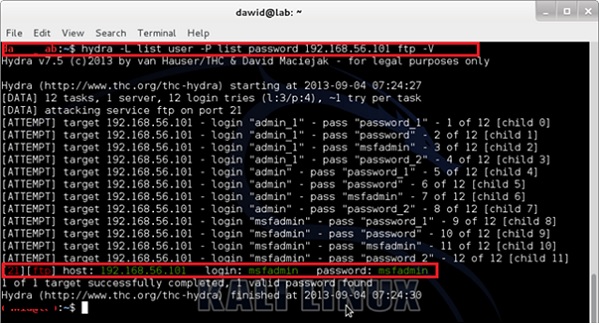

Hashcat enables highly-parallelized password cracking with the ability to crack multiple different passwords on multiple different devices at the same time and the ability to support a distributed hash-cracking system via overlays. It is available on every operating system and supports over 300 different types of hashes. Hashcat is one of the most popular and widely used password crackers in existence. This post describes some of the most commonly used password-cracking tools. Most password-cracking or password finder tools enable a hacker to perform any of these types of attacks.
#PASSWORD HACKING CRACKED#
It starts by checking to see if a password can be cracked using a dictionary attack, then moves on to a brute-force attack if it is unsuccessful. Hybrid attack: A hybrid attack mixes these two techniques.While slow, a brute-force attack (trying all possible password combinations) guarantees that an attacker will crack the password eventually. Brute-force guessing attack: There are only so many potential passwords of a given length.
#PASSWORD HACKING CRACKER#
Taking a list of words and adding a few permutations - like substituting $ for s - enables a password cracker to learn a lot of passwords very quickly.

This would make it far too easy for a hacker or a malicious insider to gain access to all of the user accounts on the system. A well-designed password-based authentication system doesn’t store a user’s actual password.


 0 kommentar(er)
0 kommentar(er)
